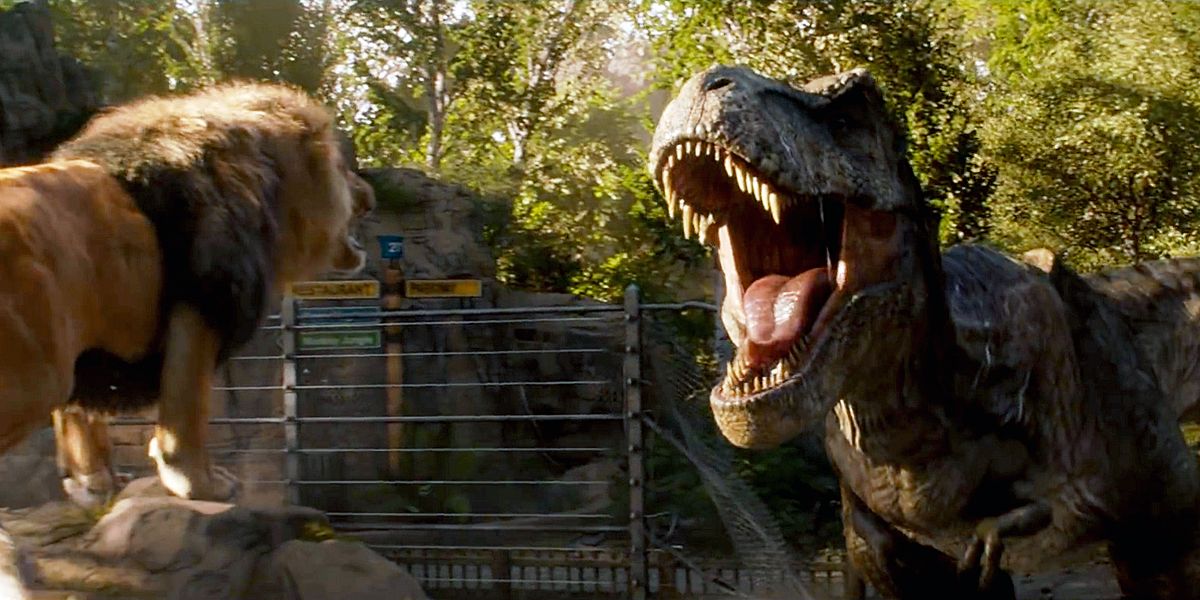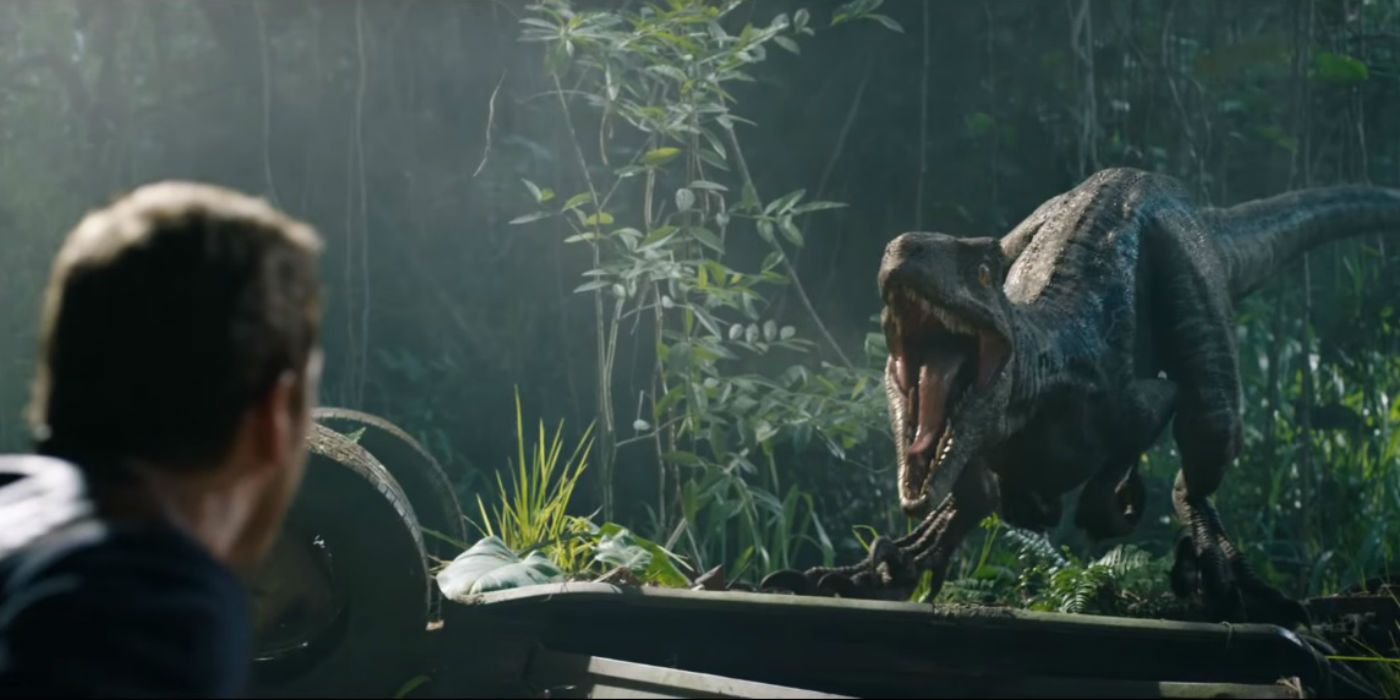WARNING: The following article contains major spoilers for Jurassic World: Fallen Kingdom, in theaters now.
Every film in the Jurassic Park franchise has ended in more or less the same way. We see the trapped scientists or adventurists escape a theme park filled with dinosaurs. The camera fades from or to the park and we see dinosaurs roaming peacefully, leaving us with something to think about in regards to how nature can turn from peaceful to terrifying when trifled with.
That all changes with Jurassic World: Fallen Kingdom, which introduces a franchise first in the form a brief post-credits scene.
RELATED: Jurassic World: Fallen Kingdom's Ending, Explained
While far from the first films to use them, the Marvel Cinematic Universe popularized the use of post-credit scenes to set up future movies. It's why we've been seeing them appear more and more in large franchises with larger stories to tell. With its latest installment, the Jurassic Park film saga now joins those franchises with a post-credit scene that showcases the true impact of Maisie's (Isabella Sermon) actions in the final act of the film.
In the scene, Maisie almost impulsively opens a pair of elevator doors and allows the dinosaurs to escape from Lockwood's estate. In doing so, she unleashes dinosaurs back into the world. They aren't limited to the islands this time. This isn't just a shock ending, its exactly where the franchise has been trying to take us for years.
Dinosaurs will eventually spread across the American continent and eventually out into the rest of the world, which is what was implied with the whole post-credit scene of Pteranodons flying around a replica of the Eiffel Tower in Las Vegas. Of course, this isn't too different from the final scene of Jurassic Park: The Lost World, in which we see three Pteranodons flying away from Isla Sorna, searching for new nesting grounds before they disappear, never to be seen again. That's not something that'll happen this time around, though, as the Jurassic World trilogy seems to be heading in a direction that will allow it to earn its name. In other words, this time we'll actually see what happens to the Pteranodons.
Colin Trevorrow, who co-wrote the trilogy, stated he has known from the beginning where he wanted the trilogy to go, and audiences who might have been unaware of his intentions will benefit from the post-credits scene. Now, they know for sure that the franchise won't just forget about the loose dinosaurs after Fallen Kingdom's credits roll.
RELATED: All the Dinosaurs That Appear in Jurassic World: Fallen Kingdom
But does this mean the next film will also feature a post-credits sequence? You have to consider that the currently titled Jurassic World 3 will conclude this trilogy, so it's unlikely to feature anything past the credits. At the same time, seeing how committed studios have become to the expansion of their properties, it's possible that JW3 will feature its own post-credits teaser, if for no other reason than to keep the endings of the film open to sequels or spin-offs in much the same way that the MCU has done for the last ten years.
With any luck, we'll get more in those post-credits scenes than just dinosaurs (as phenomenally rendered as they are) flying or running around famous landmarks or their replicas, otherwise it may just be better to end the film with a T-Rex's roar or, in the case of Fallen Kingdom, a Velociraptor's call.
Directed by J.A. Bayona, Jurassic World: Fallen Kingdom stars Chris Pratt, Bryce Dallas Howard, James Cromwell, Justice Smith, Daniella Pineda, B.D Wong and Rafe Spall. In theatres June 22


